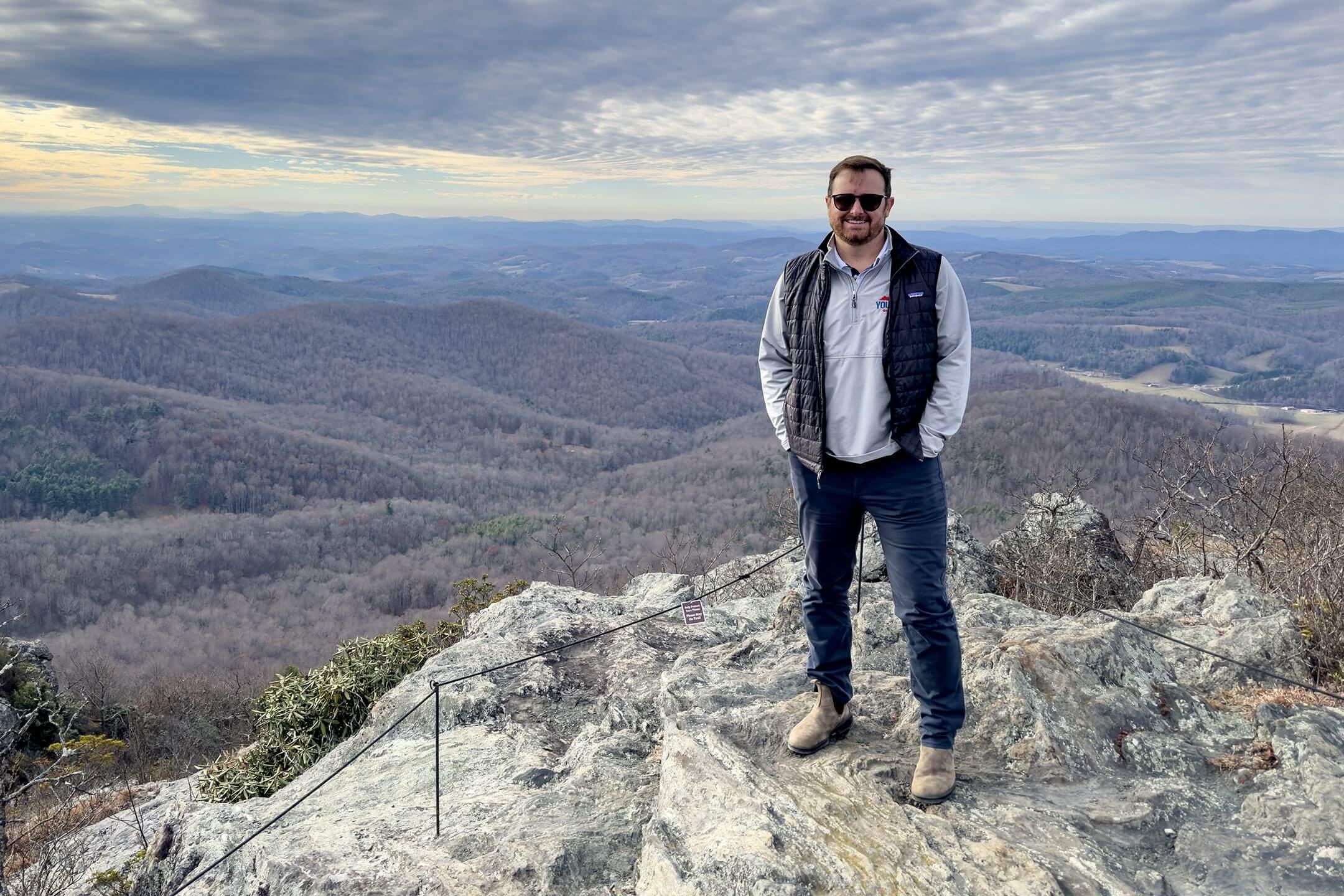To cut or not to cut. That may be the question for Georgia forest landowners. But they can't go wrong either way, says Coleman Dangerfield.
"You can earn a better return from the land by taking your trees out beyond pulpwood age," says the University of Georgia Extension Service economist. "But if you've got to have the cash after the trees have been growing for 15 years, then clear-cut and take the profit."
Gain now or gain later. But if you can let your pine trees go a while longer, you'll gain more profits and other benefits.
"If you can let your timber stand grow beyond 25 or 30 years," Dangerfield says, "you'll get other plants growing, wildlife will have more food and cover and the view will be more attractive. It's also good for the wood- buying public."
Timber sold earlier goes mainly for pulpwood.
"People use a pile of paper," Dangerfield says.
That explains the projected 1.2 percent annual growth in paper and paperboard consumption. This forest-product category is expected to grow faster than any other. The price should keep up with inflation, he says.
If you can leave your timber alone for a generation, your trees will increase in value. Instead of pulpwood, you'll sell for solid wood products such as veneer logs, plywood, structural panels and poles.
The cut-now-cut-later decision reaches further than timber owners' bank accounts. Forestry is big business in Georgia. With 65 percent of the land in forests, Georgia has the second-highest percentage of forest land in the Southeast, behind Alabama. The industry employs 71,849 people in Georgia and 1.6 million nationwide.
Timber products comprise the largest portion of total agricultural crop value in the United States, valued at $46.3 billion. Georgia's total is more than $2 billion, by far the highest in the Southeast.
"Sometimes people forget where two-by-fours come from," Dangerfield says. "Trees are an agricultural crop in Georgia -- a very good crop for Georgia. Our trees have a purpose. They are beautiful and we do enjoy them, but they are harvested just like corn or soybeans."
Special legislation reserves 36 million acres of timberlands for nontimber uses. All together, federal, state and local governments own 131 million of the country's 490 million forest acres. Of Georgia's 23.6 million forest acres, 1.6 million acres are publicly owned.






